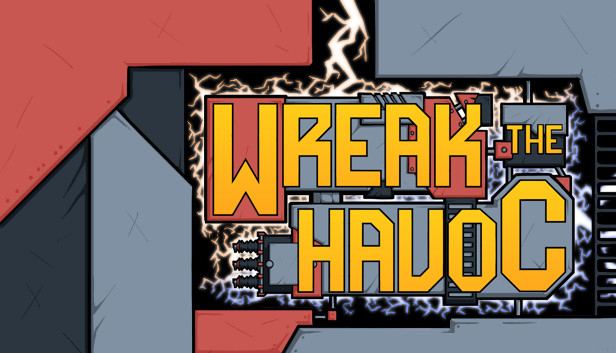A single breached user account can wreak more havoc than a legion of malware.

When you think about website security, your mind might jump straight to malware—those malicious scripts that can crash your website or steal sensitive information. While malware is a serious threat, there’s another danger that’s often overlooked but just as devastating: compromised user accounts.
Issues like these are commonly encountered during hacked website repair, where businesses often focus solely on removing malicious files but fail to address the deeper risks posed by hijacked user accounts. As an experienced IT company in Perth, we’ve seen firsthand how these threats can undermine a website’s integrity even after apparent fixes.
A hijacked user account can wreak havoc on your website, even after you’ve removed admin privileges. This blog will explore why compromised user accounts are so dangerous, the unique challenges they present, and how you can take proactive steps to secure your website.
The Threat of Compromised User Accounts
Malware infections are often flashy and attention-grabbing, but hijacked user accounts work in the shadows. These accounts can continue to cause harm long after you think you’ve neutralised the threat. Here’s why they’re a significant risk:
1. They Can Upload Malicious Files:
Even without admin privileges, compromised accounts can still upload harmful files if their permissions aren’t properly restricted. These files could include scripts that open the door for malware, phishing attacks, or other exploits.
2. Traditional Security Measures May Miss Them:
Antivirus tools and malware scanners often focus on detecting malicious code, not unusual behavior from authorized accounts. This makes hijacked accounts particularly hard to spot.
3. Regular Scans Might Overlook Their Actions:
Security scans focus on system vulnerabilities or infected files. A compromised user operating within their assigned permissions may remain undetected.
4. Exploiting Remaining Permissions:
Even restricted accounts often retain enough permissions to damage your site. They might spread malware, corrupt files, or manipulate settings.
5. Authorised Content Posting:
A hijacked account can continue posting blogs, comments, or other authorized content, tarnishing your brand’s reputation or spreading harmful links.
Real-World Consequences of Ignoring the Issue
Imagine this scenario:
A small business website suffers a data breach. While the admins quickly remove malware and revoke admin rights from suspicious accounts, they don’t fully audit other permissions. Weeks later, the compromised accounts upload files that reinfect the site, forcing a complete rebuild of their web presence. The financial and reputational costs are immense.
Why Revoking Admin Rights Isn’t Enough
Revoking admin privileges from a hijacked account is an important first step, but it doesn’t address the root of the problem. Many compromised accounts retain residual permissions that can be exploited. Without deeper scrutiny, these accounts remain a ticking time bomb.
Proactive Measures to Protect Your Website
To truly secure your website from the dangers of compromised user accounts, it’s essential to go beyond surface-level fixes. Here are five steps to enhance your security:
1. Comprehensive User Access Reviews
Regularly audit all user accounts to ensure their permissions match their roles. Remove access for users who no longer need it and delete accounts that are no longer active.
2. Regular User Activity Monitoring
Track user behavior on your site. Look for unusual activity, such as failed login attempts, bulk uploads, or changes to critical files. Suspicious behavior should trigger immediate alerts.
3. Frequent Permission Audits
Go beyond admin accounts and examine permissions for all users. Ensure there are no unnecessary privileges that could be exploited by a compromised account.
4. Implement Two-Factor Authentication (2FA)
Adding 2FA creates an additional layer of security, ensuring that even if login credentials are stolen, unauthorized access is still difficult.
5. Enforce Strict File Upload Controls
Limit file uploads to necessary users only and implement robust scanning tools for uploaded files. This prevents malicious scripts from entering your system under the guise of legitimate uploads.
Tools and Solutions for Enhanced Security
Investing in the right tools can make these measures easier to implement:
1. User Management Plugins:
If you use platforms like WordPress, plugins like WP Activity Log can help you monitor user activity.
2. File Scanning Software:
Tools like VirusTotal or integrated CMS security plugins can scan uploaded files for malware.
3. Security Suites:
Comprehensive solutions like Sucuri or Wordfence offer features for permission audits, activity tracking, and more.
The Bigger Picture: Educating Your Team
Technical measures are crucial, but security also relies on user awareness. Train your team to recognize phishing attempts, use strong passwords, and report suspicious activity immediately. Your users are the first line of defense against account hijacking.
Final Thoughts
Website security is about more than just fighting malware. Compromised user accounts represent a silent but equally destructive threat. By implementing comprehensive access reviews, activity monitoring, permission audits, and advanced security measures like 2FA, you can minimise the risks and safeguard your website.
Take control of your security strategy today. Don’t let hijacked user accounts be the weak link in your defense.
Author Bio
Adrian Ioppolo is the Director of Perth IT Care, a company that specialises in providing IT and web support for small businesses. With expertise in cybersecurity, Adrian helps businesses recover from website hacks and implements robust security measures to safeguard their online operations.



